Wild Urban Spaces: Growing Micro Forests for a Greener Planet
Completed forest trail walk project. Photo courtesy of Acacia Eco.
Overview
With over 30 years of horticultural experience, Wild Urban Spaces, founded by James Godfrey-Faussett, is working to improve our environment through rapid-growth micro forests, which range from small, urban forests all the way to larger hectare forests. Based in the UK, Wild Urban Spaces uses their knowledge of organic and innovative environmental processes to create these micro forests. Their efforts to regreen the Earth teach people how to make their own impact on the environment and create a green legacy for us and future generations.
When Godfrey-Faussett first founded Wild Urban Spaces, he had run several landscaping businesses and felt called to use his expertise to follow his lifelong dream of moving into a more environmentally based set up. Now, he uses his 26 years of horticultural, landscaping, and garden design experience to help restore the Earth through Wild Urban Spaces. In his own words, Godfrey-Faussett is “really interested by the synergy of Miyawaki afforestation and soil remineralization as part of the same process. We add rock dust to principally help the trees and improve soil fertility, but can also remineralize [to] create a self-sustaining soil and draw down lots of CO2!”
Methodology
At the heart of their mission is the Miyawaki method. First employed by the renowned botanist Akira Miyawaki, the strategy involves increasing competition among plant species to promote faster forest growth and biodiversity gains. In the Miyawaki method, soil quality is first analyzed to determine mineral and nutrient concentrations, and is then adjusted to ideal levels using local organic compost, rock dust and biochar.
Wild Urban Spaces follows a four-step process to cultivate a mature forest in as little as 10 years. The first step includes native tree selection, where at least 20 species are chosen that will best adapt to a local environment. Next, soil preparation creates a fertile area for the forest to grow in. By analyzing the soil, natural amendments such as rock dust and biochar can be added to create a fertile, untouched environment for the forests to thrive in, which allows for enhanced root establishment. When the soil is ready, planting begins by placing 3 trees per square meter to encourage rapid growth. Mixing canopy heights is key to encouraging this growth. The final step includes mulching and irrigation. Through the use of straw and wood chips, the forests are able to retain their moisture and continue humus creation.
Wild Urban Spaces sources their rock dust from local quarries in the UK, those largely being andesite and volcanic basalt rock. The rock dust is mixed with the soil preparation in a layer up to 80 centimeters deep for sustained benefit over time. The biochar aids in mineral and water retention but also plays a key role in carbon sequestration, as its high carbon storage potential releases lower levels of CO2 than natural decomposition. In this way, Godfrey-Fausset hopes to reduce emissions and improve soil quality simultaneously.
Foresters select a range of native tree species, shrubs, and herbs to serve as the forest’s foundation. Seeds are intermingled and dispersed across the land to imitate the appearance of a natural forest, but in a much denser formation that forces seeds to compete for limited space, light, and water.
For the next two to three years, the forest is manicured to allow target species to thrive until it eventually becomes a self-sustaining ecosystem for decades. Godfrey-Fausset and Wild Urban Spaces are still in the early stages of adopting remineralization techniques, but proclaim that so far “growth rates are fantastic, and so is overall health and vitality.” Utilizing this method, companies like Wild Urban Spaces have observed forest growth up to 10 times faster than normal rates!
Keystone Projects
Several projects by other organizations creating urban forests, such as Acacia Eco and Afforestt, have used the Miyawaki Method to demonstrate first hand the impact rapid growth forests can make on an area. In a project located on the Sabamarti Riverfront, Acacia Eco grew a Miyawaki plantation on a 1 km stretch of the riverfront that included 67,000 trees planted with 35 different species. Afforestt has also shown the proven effects of using the Miyawaki Method by transforming barren spaces, such as airports and office complexes, into mature forests.
The Big Picture
As climate change continues to affect our planet, organizations like Wild Urban Spaces inspire hope that we will be able to minimize carbon emissions and stabilize the climate. Their micro forests sequester carbon in biomass that would reduce high volumes of atmospheric greenhouse gases and weaken the effects of global warming. In a time when political gridlock has become all too normalized with regard to climate policy, the work of people like James Godfrey-Faussett provides an important opportunity to efficiently reduce humanity’s carbon footprint without waiting for governmental intervention.
At a local scale, their projects regenerate abandoned soils and restore ecosystem services for humans and biodiversity alike. By building forests on regenerative soils using organic compost, biochar and rock dust, Wild Urban Spaces has found a revolutionary (and highly sustainable) way to beautify spaces, add function and clean local environments.
Their long-term goal is to expand operations to create micro forests across the world that capture carbon, improve biodiversity, filter groundwater, and return poor soils back to their original, productive state. In this way, we can minimize our impacts on local and global ecosystems by converting them back to the form that Mother Nature intended.
William Binette is a recent graduate from the University of Colorado Boulder helping the RTE team in grant acquisition and content writing for our website. Holding a bachelors degree in environmental studies with a focus on environmental governance, Will looks to combine his education and written communication skills to bring remineralization techniques into the spotlight of climate change policy. In his spare time, Will enjoys hiking, skiing, camping, and other activities that allow him to spend time in wilderness. In addition to his contributions to RTE, Will works on freelance writing projects and repairs outdoor recreation equipment.
Autumn Vanbuskirk is a student at the University of Texas at Tyler who is working towards her BA in English with a minor in Language and Technology. After receiving her BA, she plans to continue her education by working towards an MA in English with a focus in rhetoric and composition. She writes and publishes poetry, news articles, and academic essays. Currently, she is an editor for a literary magazine and a writing tutor for the University of Texas at Tyler. She wanted to find ways to learn more about the environment, so she became a volunteer science writer with Remineralize the Earth.
Support us on Patreon
Thank you for joining us today! Please become a member of RTE and support us on Patreon. Unlike many larger organizations, we work with a team of determined and passionate volunteers to get our message out. We aim to continue to increase the awareness of remineralization to initiate projects across the globe that remineralize soils, grow nutrient dense food, regenerate our forests’ and stabilize the climate – with your help! If you can, please support us on a monthly basis from just $2, rest assured that you are making a big impact every single month in support of our mission. Thank you!

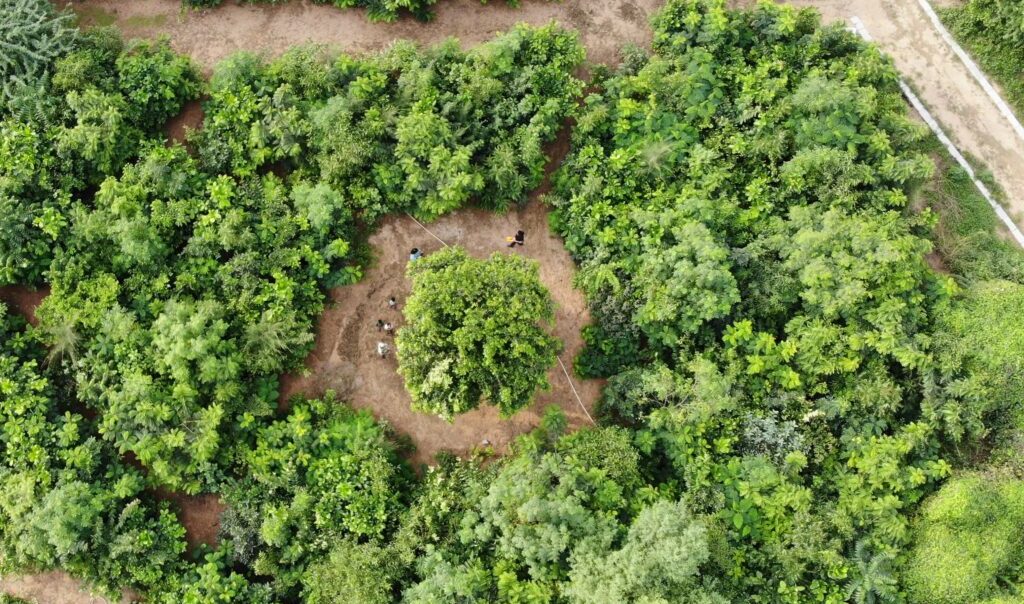
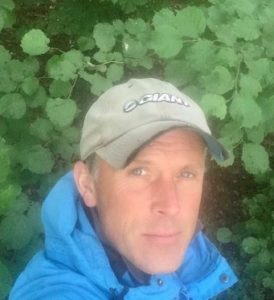
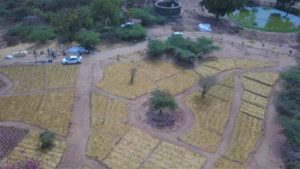
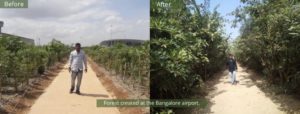
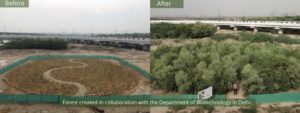






Got something to say?